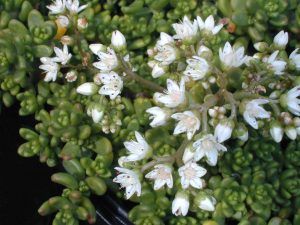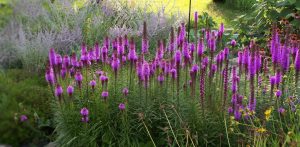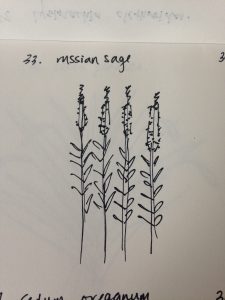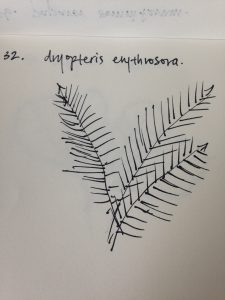

(image from google images)
Common name: white stonecrop
Size, form, texture: height 0.25-0.5 ft, spread 0.5-0.75 ft,
Hardiness, origin, native ecology: zone 3-9, grows easily in average, dry to medium well drained soil in full sun. Prefers some moisture but will tolerate part shade, heat, drought, and poor soils.
Bud, foliage, flower and fruit characteristics: bloom in may to June, white to pale pink flowers, creeping, matt forming evergreen sedum. Clusters of tiny white to pale pink flowers over matt of green foliage.
Cultural and maintenance requirements and appropriate uses in the landscape: Grows well sprawling over rocks or in between cracks of rock well, classic sedum aesthetic. Good as ground cover, easily propagated as wherever leaves drop sedum will grow.



